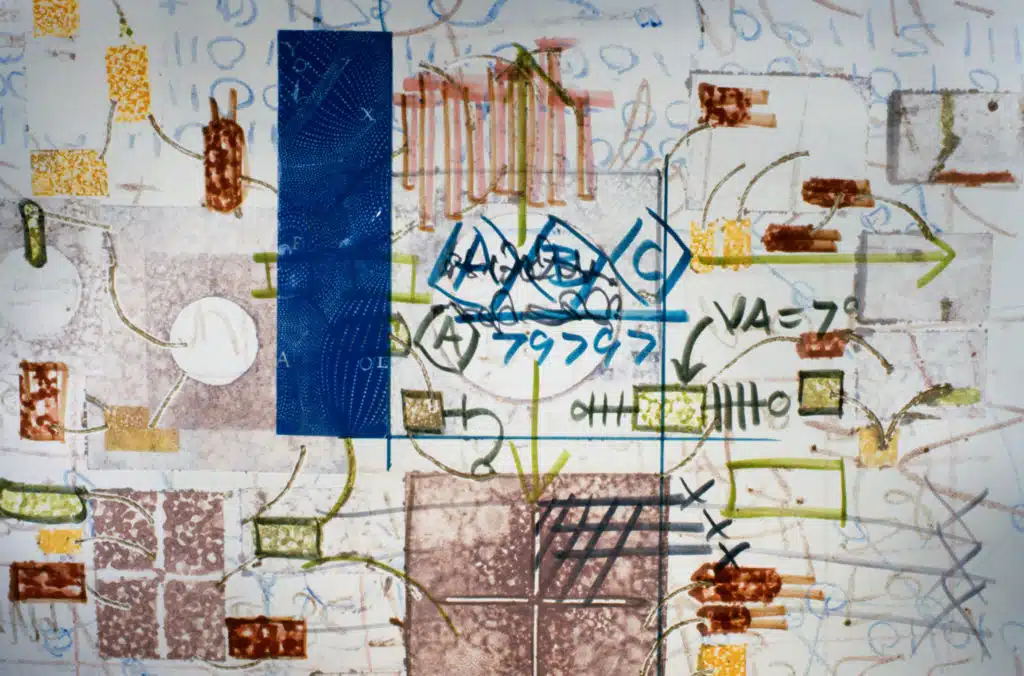Australian scientists have developed a fast, simple and reliable method of camouflaging ships and submarines against magnetic detection by marine mines.
“Vessels are camouflaged against magnetic detection in a demagnetising process called ‘deperming’,” says University of NSW scientist, Dr Tim Baynes.
“The new method of deperming is based on the way media like computer discs and tapes are bulk erased in the magnetic recording industry,” he says.
“Deperming is not a new idea,” says Dr Baynes. “But the old method relied on experience, observation and ‘an element of improvisation’ rather than on scientific knowledge of physical principles.”
Dr Baynes will describe his research at a ScienceNOW! media conference at the Melbourne Museum today (August 19)
Dr Baynes says a vessel slowly acquires its own magnetism from the mechanical stress of being used and constantly exposed to the Earth’s magnetic field.
“Marine mines can detect this ‘magnetic signature’ and just one mine can sink a ship or submarine,” he says.
The new deperm method, tested on a real vessel in May this year, is much simpler, more reliable and faster than the old deperm protocol, according to Dr Baynes.
“Most importantly, at every stage the magnetism of the whole vessel could be predicted using the theory developed in parallel with the model experiments,” he says.
He is one of sixteen young scientists presenting their discoveries to the media, public and students for the first time, at Fresh Science.
“We’ve selected them from 105 national nominations, brought them to Melbourne, trained them and thrown them to the [media] lions,” said Niall Byrne, Chairman of Fresh Science. “It’s all about focussing public and media attention on Australian scientific achievement.”





 Fresh Science is on hold for 2022. We will be back in 2023.
Fresh Science is on hold for 2022. We will be back in 2023.